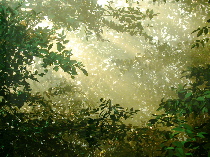
Here’s a nugget from an obituary today about renowned University of Pennsylvania sociologist and cultural theorist Philip Rieff, in the Philadelphia Inquirer:
Dr. Rieff argued that traditionally the primary function of culture was to integrate individuals into a larger corporate body. He showed how art and literature weren’t just aesthetic pursuits but tools to teach people morality. To see Hamlet was as much an object lesson about duty as a leisure activity.
In modernity, Dr. Rieff wrote, this has been supplanted by the idea that culture is there merely for our gratification. This, he said, teaches that we have no ultimate goals or a higher good, except an obsession to maximize individual advantage and pleasure.
Art has always had a pleasure factor. And it still has a job of raising moral issues, even in this self-obsessed moment. The degree of each depends on the art and depends on the time and place. We’re no longer painting madonnas and crucifixions, but at a time when we have more means of going off into fantasy land, we have lots of art about the struggle between fantasy and reality. Take Thomas Demand’s faux-reality scenarios (see post). The sheer industry of Demand’s constructions reflects the impelling weight of the issue.
Think of all the anxiety around the untrustworthiness of photographs.
All of this work that grapples with reality versus faux realities suggests that seductive fantasy worlds are dangerous.
The morality is still there.









